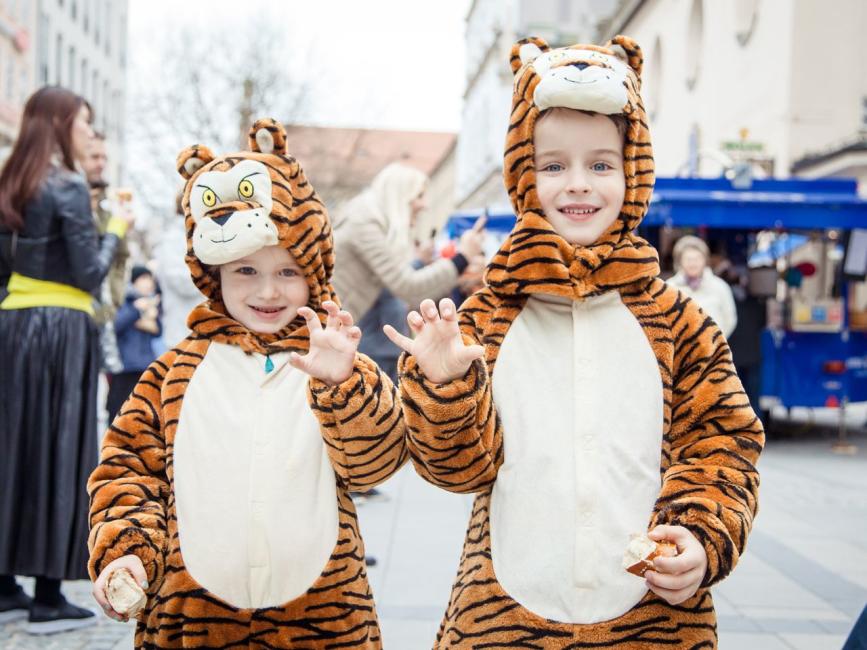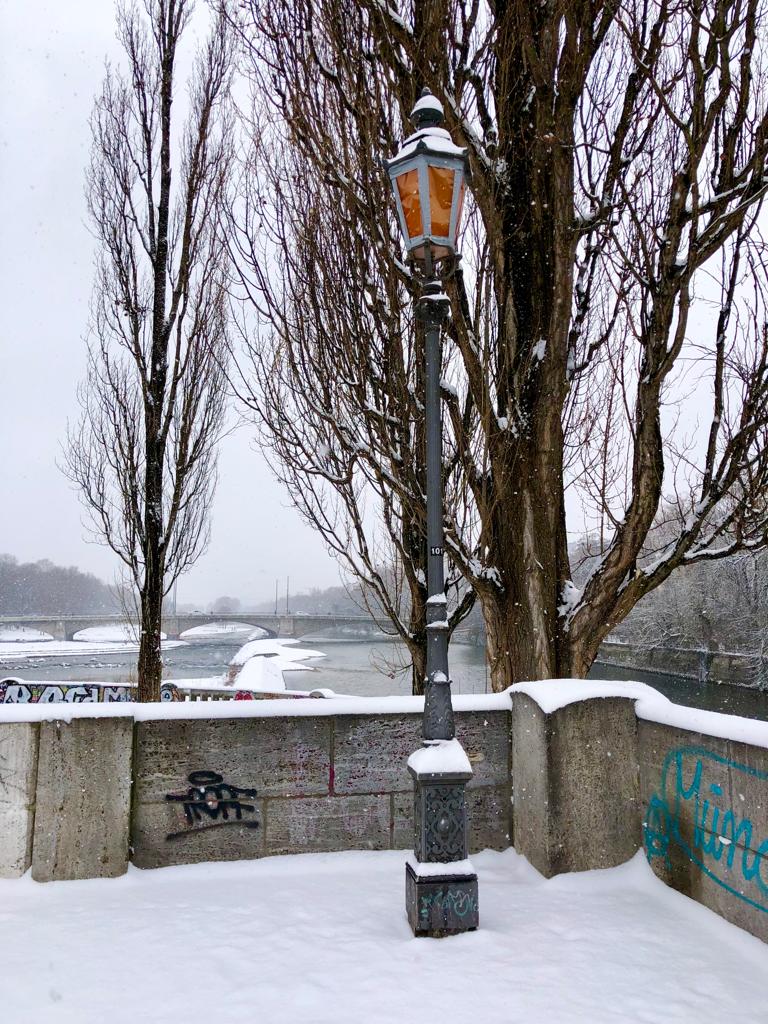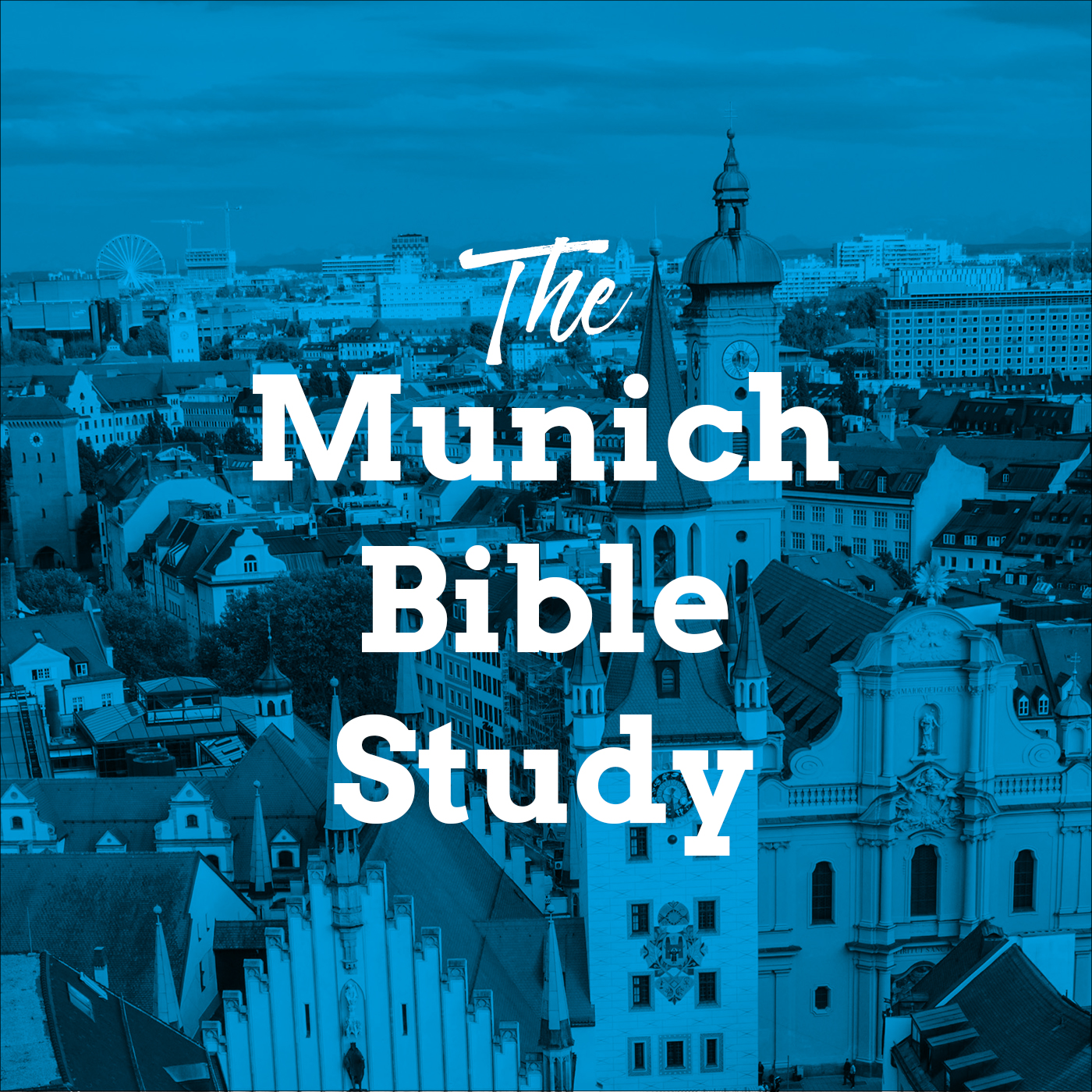Fasching: All About Munich’s Biggest Carnival
“When other countries of the world celebrate “carnival“, in Munich “Fasching” is celebrated. “Fasching“ comes from the medieval word “vaschnc“, in present-day German “Fastnacht“ and relates to the fasting period, which begins immediately after Fasching and is what we know as Lent. Munich’s Fasching has its origins in the dancing and pageantry which accompanied economical changes, as well as changes in the customs and festivities themselves, the tradition of Fasching remains to date.
Up until the beginning of the 19th century all Fasching celebrations took place in the open air. It wasn’t until 1829 that the first “Fasching Ball“ took place, an artist’s festival, soon to be followed by other artist’s festivals and numerous masquerades and society and court balls. In 1839 the Munich carnival Society was born, which marks the beginning of Fasching as we know it today. In 1908 it was succeeded by the founding of the “Narrhalla“ (Council of Fools), which is still now responsible for the organization of many of Munich’s Fasching balls.
At 11.11. am on the 11th day of th 11th month the Fasching Prince and Princess are crowned, in preparation for their reign over the “crazy season“, which begins on the 7th January and continues through Shrove Tuesday or “Faschingsdienstag“. During this “crazy season“ every society, corporation or guild throws its own Fasching ball.
The first events are the so-called “black and white“ balls, elegant affairs, where fancy dress gives way to silk dinner jackets and extravagant evening gowns. As Fasching progresses so the number of ballls increases. The spectrum is many-sided – the Washer-women’s Ball, the “Carnival in Rio“, the “Schabernackt“, the Fashion School’s Ball or that of the local sports club. Then there are the children’s Fasching parties, the private parties and the impromptu office celebrations. The list is endless.
The wildest days of Fasching are the last ones, culminating in a climax on Faschingssonntag (the Sunday preceding Shrove Tuesday) as well as on Faschingsdienstag itself, of course. On these days Fasching doughnuts are sold by the dozen and Munich invites all and sundry to join in the masquerading, singing, dancing and general carnival revelry in the city centre. It is on Faschingsdienstag, too, that the traditional dance of the market women takes place on the Viktualienmarkt. When on Shrove Tuesday at exactly midnight, with great pomp and due solemnity, Fasching is officially buried until the following year, the fasting or Lent period begins.
Munich`s restaurants offer Ash Wednesday fish specialities and on the Marienplatz purses are washed out in the Fish Fountain, a tradition said to ensure for that they will not be emptied for at least another year.”
Source: Many thanks to München Tourismus. For more information, visit them at https://www.muenchen.de/rathaus/home_en/Tourist-Office/Events/Fasching.html.
Photo credit: muenchen.de – Monica Garduno







